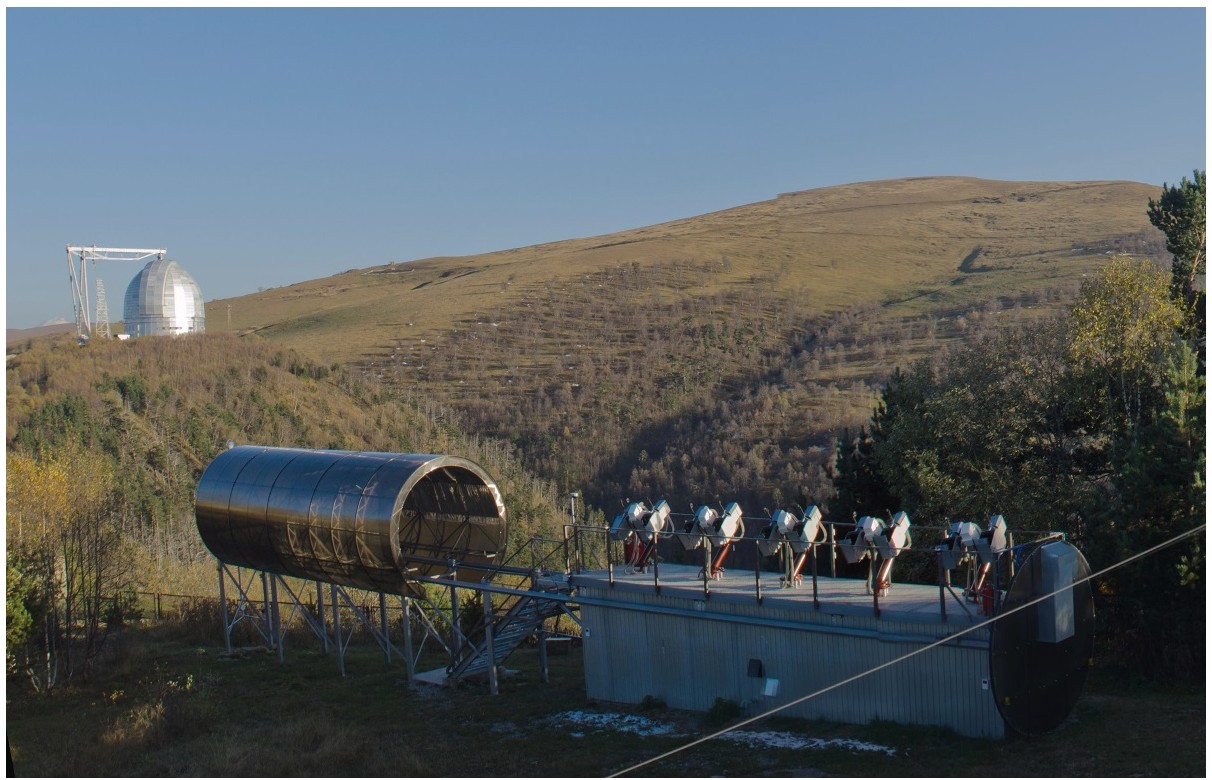The nightlife of the sky or in search of Perseid
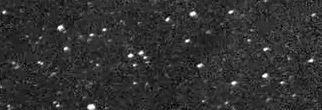 Every year Perseids indulge the inhabitants of the Earth with a beautiful sight (for the patient), and every year we have a desire to somehow capture this moment. Since this year the weather did not spoil us, we had to leave and start observing in advance. What came of it - read below ... We
Every year Perseids indulge the inhabitants of the Earth with a beautiful sight (for the patient), and every year we have a desire to somehow capture this moment. Since this year the weather did not spoil us, we had to leave and start observing in advance. What came of it - read below ... We note right away that there will be few Perseids below, but we managed to photograph something that we ourselves found interesting: the real stormy life of the night sky, and it turned out to be far from boring.
Attention! Further in the article there will be quite large gif-animations of 3-5 MB!
So, this year we had some advantage, we developed and successfully tested the ultra-sensitive camera VC400 (Neva400) , according to the measurement results, this camera has the following characteristics:
- resolution: 2000x2000
- photosensitive element size: 10x10 micron
- quantum efficiency: 95%
- read noise: 2 electrons
- dark current (at 25'C): 25 electron per second
All these parameters suggest a good opportunity to catch meteors. The only problem is the optics. It’s not so easy to choose a good fish-ay that would cover the entire sensor: we used the following optics: Samyang 8mm f / 3.5 AS IF MC Fish-eye
- focal: 8mm
- aperture: 1: 3.5
- viewing angle approximately: 140x150 degrees.
The lens did not completely cover the camera sensor, but it could be for the better, the quality of the lens is very mediocre, it “washed” bright objects even in the center.
The camera with the lens was fixed on the mount with a clockwork (unfortunately there is no photo, because it was ... dark).
The shooting was carried out near Veliky Novgorod (hello white nights) from August 10 to 11, on the shore of Lake Ilmen, the sky is not perfect, on the horizon it is highlighted by the city and the village.
The exposure was chosen 2 seconds, the shooting lasted 3 hours and 15 minutes, the total number of frames was about 6000, the permeability of an individual frame was 8sv. The resulting video is accelerated 60 times.
But we were somewhat surprised by the result, the night sky turned out to be full of “life”, we had not been able to achieve such an effect when shooting time-lapses, but, as they say, it’s better to see once than hear a hundred times.
video double-clicked on youtube:
frame processing is minimal: a dark frame is subtracted and the levels are twisted (for sophisticated readers) a direct link to a once compressed video and scaled to 1080p resolution (500 MBytes):
→ Link to a large file here (for readers with a thick Internet) a direct link to a compressed with minimal losses video in original resolution of 1440p (1.9GB):
→ Link to a very large file here.
Since we unexpectedly saw more than we expected, we had to try to identify at least the most interesting elements (errors are possible below since there is little experience in this, and there is no data on some group objects in the well-known reference book).
So: a pair of satellites (as it turned out - these are third-generation reconnaissance satellites NOSS):
NOSS-3-8 A & B

NOSS-3-3 A & B
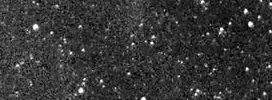
NOSS-3-7 A & B
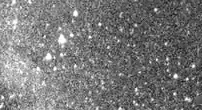
Interestingly enough, two bright objects that fly almost in synch are caught - these are the third stages of the Cyclone-3 rocket. They are considered very dangerous objects (such levels are 127) that are “chasing” satellites ( habr.com/post/386427 ):
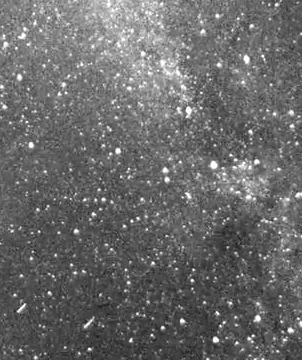
An interesting object with varying brightness turned out to be already out of order DMSP-5D1Ж remote sensing
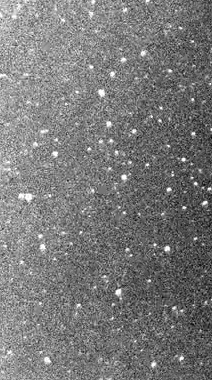
satellites:
It was possible to determine only one of the triples - the Chinese YAOGAN 9A 9B 9C:

about devices NOSS
За треугольные НЛО могут быть приняты блики от системы спутников морской разведки США NOSS (Naval Ocean Surveillance system). Они передвигаются группами (часто по три субспутника) на расстоянии от 30 до 240 км друг от друга, и очевидцы их обычно описывают как «перемещающиеся созвездия, между которыми видны другие звезды». Вспышки происходят так же при переотражении солнечного света. Системы первого и второго поколения (три субспутника) просуществовали на орбите до 2012 года. Спутники третьего поколения (по два субспутника) впервые были запущены 8 сентября 2001 года. Однако, это не значит, что сейчас в небе нельзя увидеть системы из трех субспутников. В начале 2010 года Китай запустил первый NOSS-подобный триплет, который был почти идентичным орбитальным наклоном и высотой US NOSS.
about devices Yaogan
Космические аппараты типа Yaogan-9 запускаются группами по три спутника на одной ракете-носителе. После запуска КА выстраивают характерный орбитальный порядок: два спутника из каждой тройки движутся в одной орбитальной плоскости друг за другом на расстоянии около 120 километров, а третий КА группы движется по аналогичной орбите, но смещенной по долготе восходящего узла на величину порядка 1°.Двигаясь в таком построении, при пересечении экватора три КА выстраиваются практически равносторонним треугольником со взаимными дистанциями 120…150 километров. При движении над широтами 63° северного и южного полушарий Земли«треугольник» вырождается в «линию», при этом третий («боковой») КА оказывается примерно посередине между двумя другими, на расстоянии около 60…70 километров от каждого из них.
about the MMT meteor detection system
Место дислокации системы ММТ – Северный Кавказ, поселок Нижний Архыз. Географические координаты пункта 43°38'59.5«с.ш. 41°25'53.3»в.д., высота над уровнем моря 2030 метров. Поле зрения одного оптического канала 80 кв. градусов (10° х 8°), общее поле зрения системы ММТ – 700 кв. градусов. Разрешение системы по времени – 0.1 с (10 кадров в секунду), при этом минимальный блеск обнаруживаемого объекта – 12-я звездная величина. Предел проницания по быстро движущимся объектам составляет порядка 9.5…10.0 зв. вел:
In terms of functionality, the camera showed itself to be somewhat similar to the MMT system, which, unfortunately, we are not familiar with and did not know about the article.
Unfortunately, we are not real astronomers, but only radio engineers. Maybe these frames are something ordinary, but they seemed to us at least interesting, which we decided to share.
A little explanation
Мнение Алексея, почему у нас получилось чуть по другому, чем обычно: «Обычно таймлапсы снимают при выдержках в десятки секунд, спутники при этом размазываются в треки и „тонут“ в фоновом шуме. Выдержка выбирается, чтобы был виден млечный путь, а объектив фишай — это темный объектив. В нашем случае выдержки короткие и соотношение сигнал(спутник)/шум(неба) получается выше. У камеры высокая интегральная квантовая эффективность и нет цветных фильтров.»
In conclusion, I would like to note that since we planned to photograph not what happened, the shooting modes are not optimal. We believe that it is possible to get a result a little better, but, unfortunately, we have a rarity (1-2 per month). If there are any recommendations on how best to organize the shooting, or maybe something special to remove - we will be happy to comment.
We also hope that the whole array will be able to process Perseid itself for the search, but so far, how to get rid of the satellites is not very clear. If something interesting turns out - we will publish. Maybe someone will be able to prompt the program to detect meteors in the frame - we will be very grateful.
Many thanks to Vera and Lesha, who, despite all weather and organizational conditions, got on a taxi with bulky equipment on a windy sandy beach, were able to photograph interesting shots and carry out processing.
Many thanks to the organization NPK Photonics for providing a sensitive camera and permission to publish materials.
ps: when using these materials reference to the article is required.
[upd]: Habrovchanin @AndrewS , did an excellent job of processing the source data and was able to identify meteors, for which he thanks a lot!
the result of his work can be found in the article "Nightlife in the sky or in search of Perseid - treatment"

